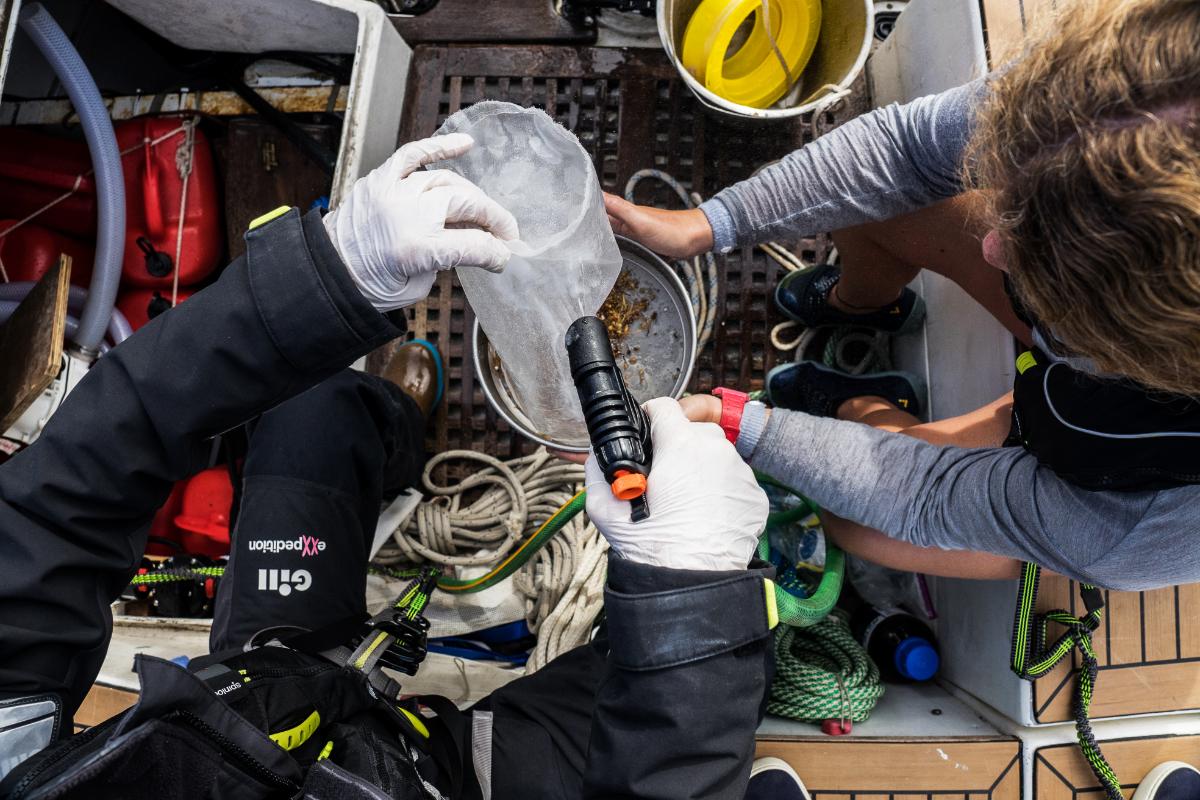Our second scientific paper from eXXpedition Round The World is here, and ready to make an impact. Showing how microplastics differ across the Atlantic Ocean in significant ways, Winnie Courtene-Jones, Science Lead on the expedition, takes us through the paper’s key points and tells us what they mean.
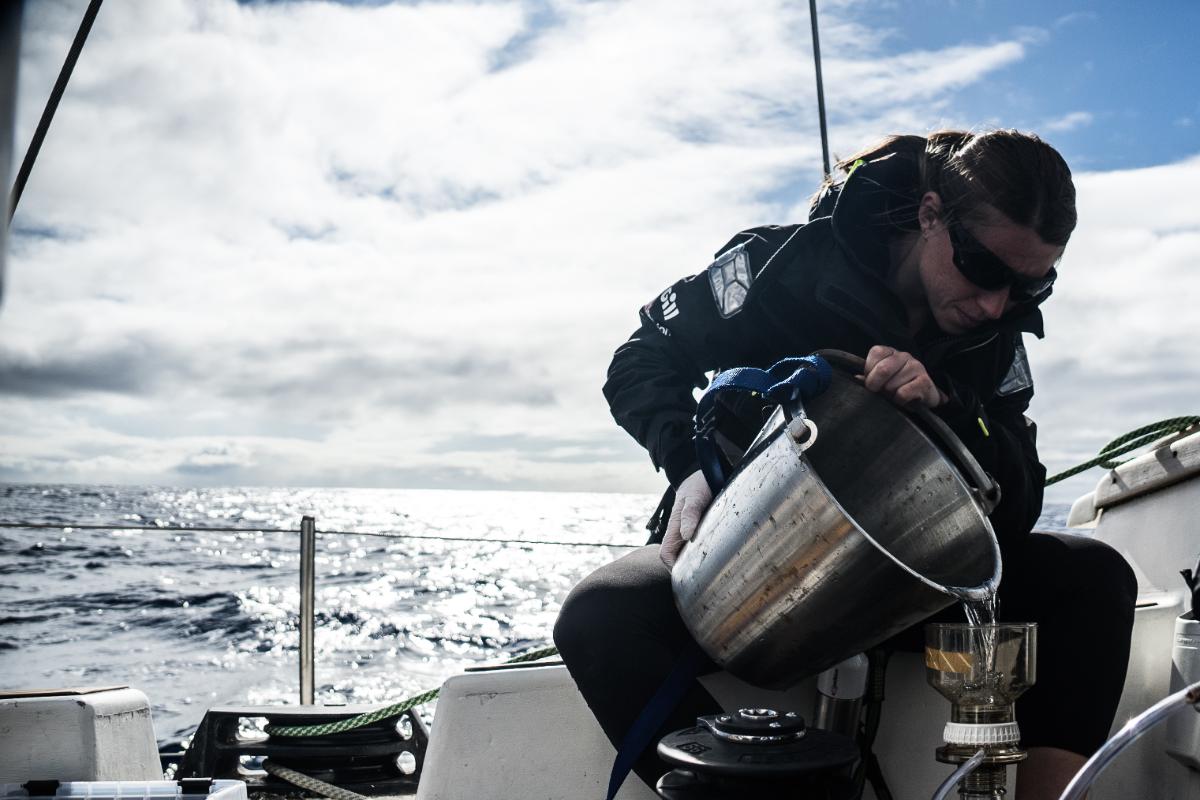
Hi Winnie, what’s this paper is all about?
We embarked on eXXpedition Round the World in 2019 with some key questions: How much plastic is out there? What type of plastic is it? How is it distributed? And ultimately – can we gain a better picture of where it’s come from?
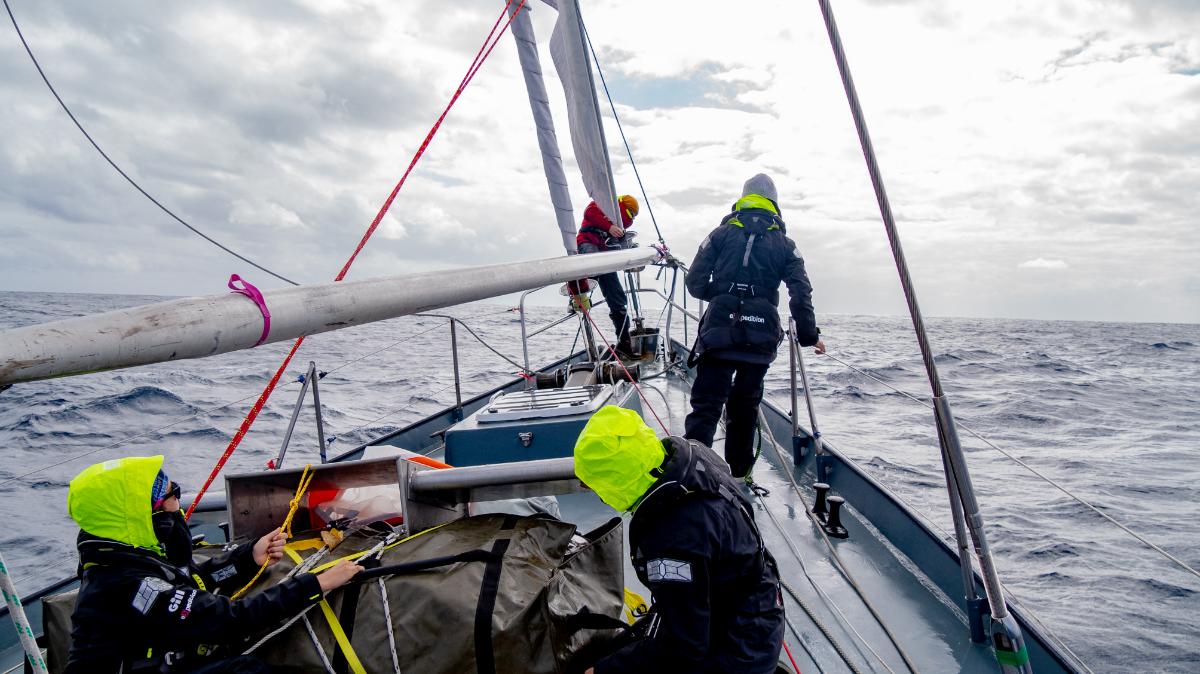
When the voyage first left the UK, we headed south for the Azores, then on to Antigua and the Caribbean. This paper documents our findings from that journey in the North Atlantic. The route took us through very different areas – we took samples from inshore waters, stretches of open ocean, and the North Atlantic gyre, a known area of plastic accumulation.

We wanted to get an overview of the distribution of plastic, and the distribution of types of plastic – by identifying different polymers – in the upper portion of the ocean. Most research to date has focused on the surface, because it’s easier to assess, but we wanted to look a little deeper. We trawled for surface samples, but also used niskin bottles to capture water from a depth of 25 metres.

What did you discover?
We discovered, as expected, that plastic abundance varies by location. For example, the North Atlantic gyre contains a particularly high amount compared to other areas. More novel and surprising was our discovery of the extent to which the polymer types differed between regions. Notably, we found a broad diversity of polymer types at our inshore sampling locations.
The proximity to land and the sheer range of plastics indicate they come from a myriad of land-based sources. In the gyre, on the other hand, while overall quantities were greater, most samples were composed of polyethylene, polypropylene and acrylic; which may come from the maritime sector.
“plastics are making their way from land to water in many and diverse ways, from a vast number of sources.”

Once you know what the plastics are, how do you know where they’ve come from?
It’s challenging, particularly in locations far from land, influenced by huge currents. Most are microplastics – tiny, unrecognisable fragments. Some are easier to identify than others, because they’re polymer types with specific uses. Paint flakes are mostly from the hulls of boats; while a lot of the fibres we found were likely from the fragmentation of fishing ropes, or clothing/textiles. Here, it’s easier to see a route to upstream solutions – we know the sectors we can target to make a change. Other polymers, like polyethylene and polypropylene, used for a diversity of applications, are much harder to trace.

We applied hydrodynamic modelling computer simulations, to backtrack where microplastics may have originated from, in the two years’ prior to the point we found them. The results highlight the vast distances over which plastics can disperse, carried by ocean currents, which makes pinpointing the source location challenging.
“This is an international challenge. We need a united effort to make a difference. Water doesn’t obey territorial borders.”
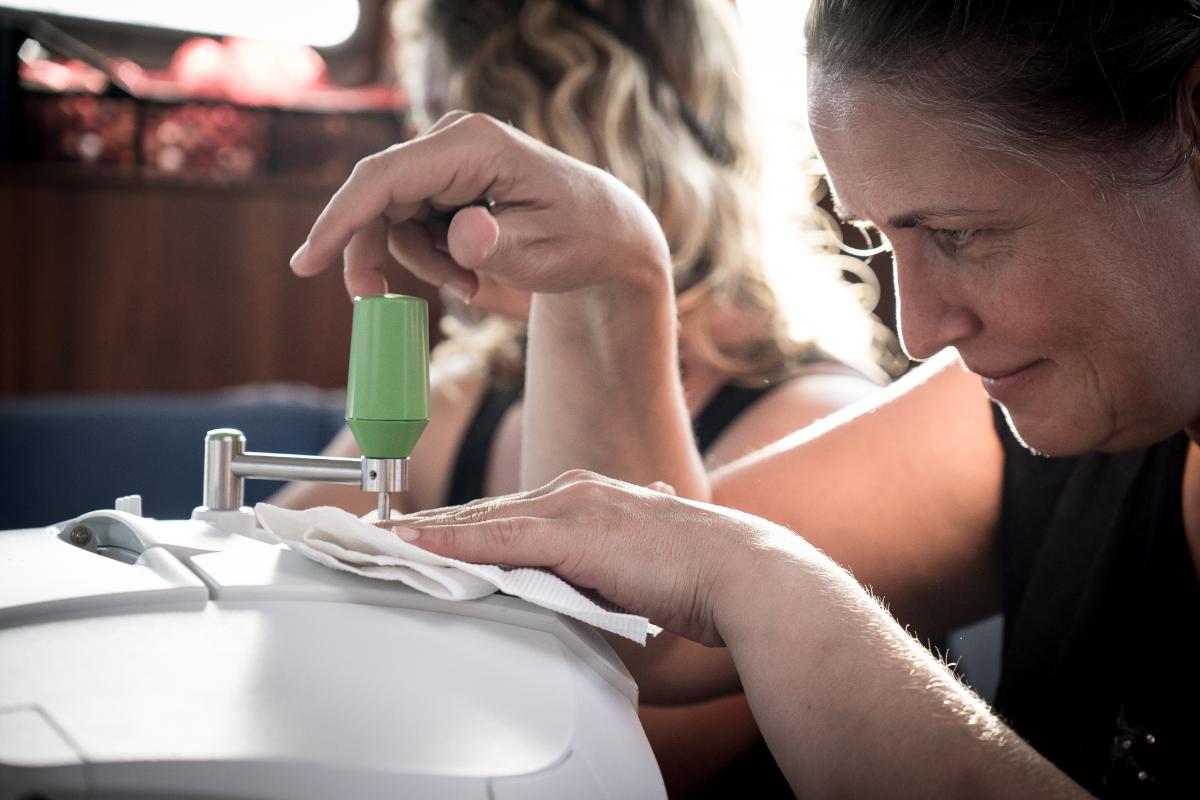
Why’s this an important discovery?
One significant takeaway is that plastic in the ocean comes from everywhere, in ways that are hard to trace. Its sources are overwhelmingly diverse. While that makes the monitoring much more complicated, it also makes it clear that we really need global strategy. Our first paper, in the Caribbean, reached the same conclusion. This is an international challenge. We need a united effort to make a difference. Water doesn’t obey territorial borders.
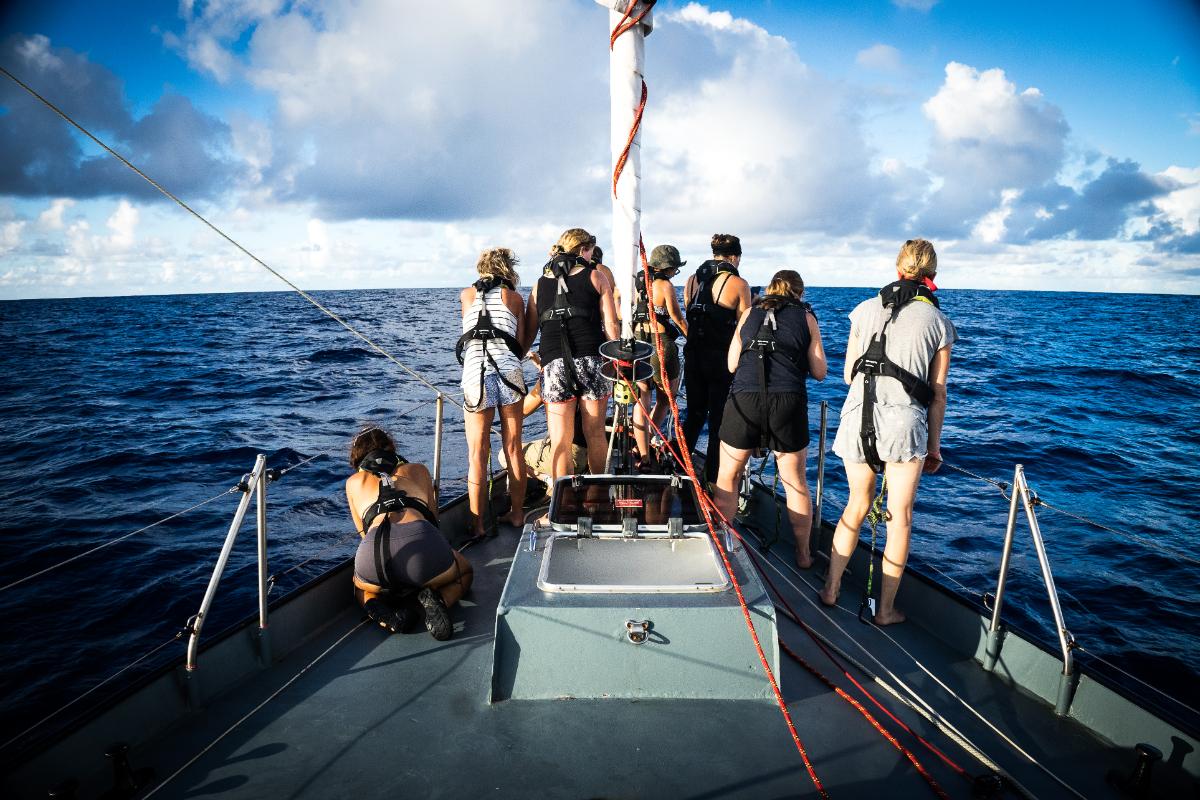
What kind of impact do you hope this research will have?
We’ve known since the 1970s that there’s plastic in the North Atlantic – but there’s not been continuous monitoring of the situation. There are lots of interventions coming into place, attempting to stem the flow of plastics, like bans on single use items.

The UN global treaty on plastic is being negotiated as we speak. But, we won’t know if implemented strategies are working without ongoing monitoring: If we ban polystyrene food containers, does that translate to less polystyrene in our environment? To what extent? We hope this research plays a key part in building up a picture of what’s out there, monitoring how it’s changing over time, and evaluating whether certain solutions are working or not.
“We hope this research plays a key part in building up a picture of what’s out there, monitoring how it’s changing over time, and evaluating whether certain solutions are working or not.”
Who do you hope will see and use this research?
It’s not always easy to get scientific research out beyond the research community. But, through eXXpedition’s network, we’ll be able to get the paper in front of the people who need to see it, to different groups and stakeholders. We want to increase awareness of what’s out there in our ocean, so that anyone might re-examine their role in the flow of plastic; but we’re particularly hoping this monitoring can be used as evidence by policy makers, to support interventions and solutions.

It’s been two years since you set out to sea with eXXpedition to collect these data, what stays with you from that voyage?
I’ve been researching plastic for 8 years, but until that trip, I’d never so viscerally seen the problem first-hand. It was emotive, pulling up the manta trawl and finding a confetti of multi-coloured plastic fragments from a pristine ocean. At one point, a week out from land, we found a plastic spoon. It’s easy to be detached when you’re analysing a little chunk of white or grey microplastic, but the spoon reminded me – ‘my species did this.’

